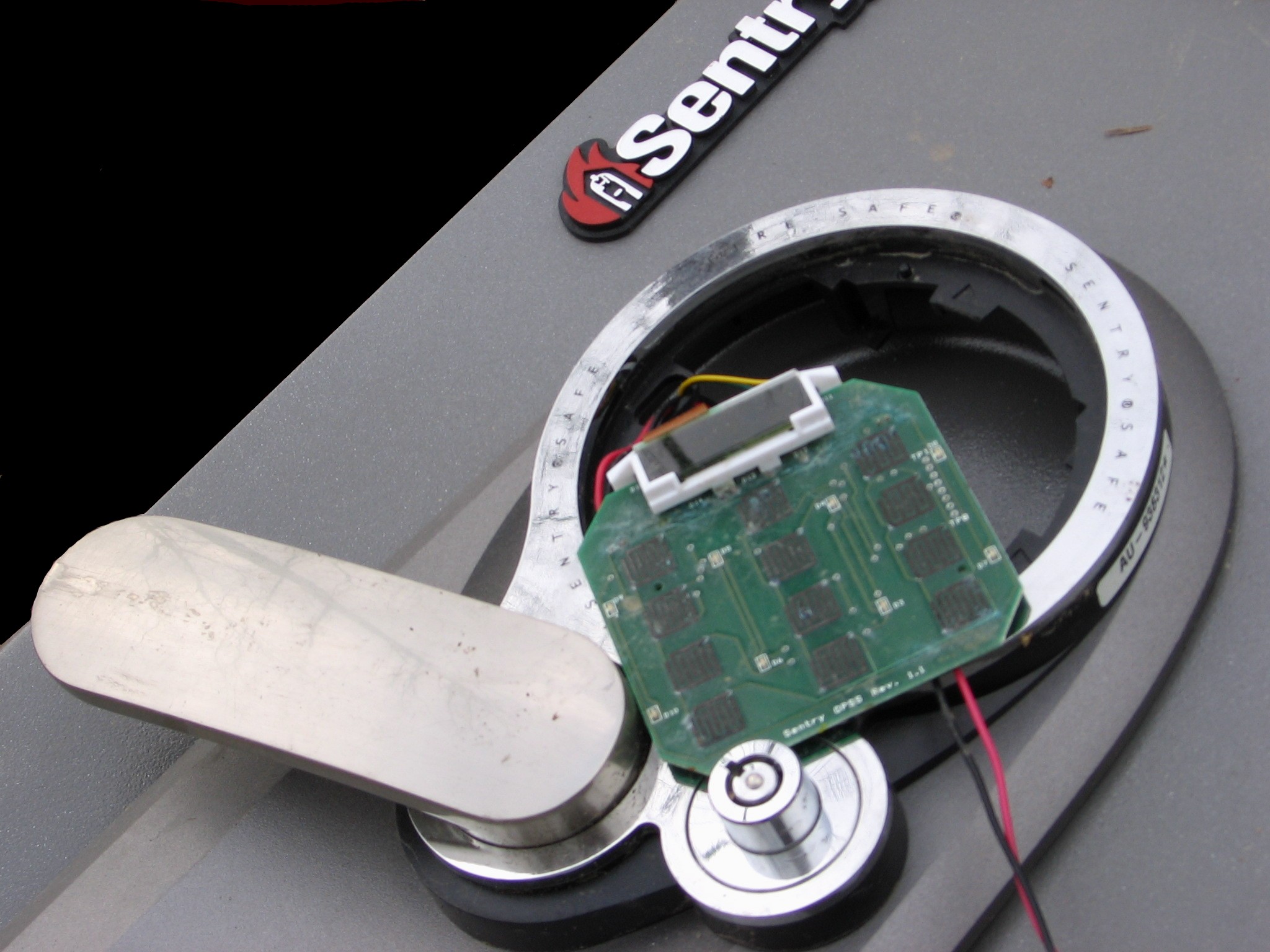There are a variety of home safes on the market that offer different levels of security. Some safes are designed to be more difficult to break into than others. The hardest home safe to break into is typically going to be one that is made out of solid steel and has a thick layer of protection.
These types of safes can often withstand multiple attempts at being broken into and usually require specialized tools or equipment to breach them.
When it comes to home safes, there are a lot of different factors that come into play when determining how difficult they are to break into. The type of safe, the material it’s made out of, the size and weight of the safe, and even the location of the safe can all impact how hard it is to get into. That being said, there is no definitive answer as to which home safe is the hardest to break into.
“It really depends on a variety of factors. However, some safes are definitely more difficult to get into than others. For example, safes that are made out of heavier and thicker materials such as steel or concrete are going to be much harder to break into than those made out of lighter materials such as wood or plastic.”
Likewise, larger and heavier safes are going to be more difficult to break into than smaller ones. And finally, safes that are hidden in harder-to-reach places such as behind a painting or in a false wall panel are also going to be more difficult to get into. At the end of the day, there is no one perfect home safe that is impossible to break into.
However, by taking some time to choose a safe that is made out of strong materials, is large and heavy, and is hidden in a hard-to-reach spot, you can greatly increase your chances of keeping your valuables nice and safe from burglars.
We recommend Steelwater Gun Safes as the hardest home safe to break into right now. You can try it without any doubt!
Is it Actually Possible to Crack a Safe? || Learn Quick
Which Safes are Hardest to Break Into?
When it comes to safes, there are a few different factors that will determine how difficult it is to break into them. The first is the type of safe. Some safes are made from stronger materials than others and have thicker walls, making them more difficult to break into.
The second factor is the size of the safe. Larger safes are usually harder to break into because they have more space for reinforcing materials like steel plates. The third factor is the level of security features on the safe.
Safes with multiple locks, keypads, and biometric scanners are typically harder to break into than those with just a simple key lock. So, which safes are hardest to break into? It really depends on the individual factors mentioned above.
However, some types of safes that tend to be more difficult to break into include floor safes, wall safes, and TL-rated safes (those that meet certain standards for resistance to forced entry).
What is the Hardest Safe to Open?
There are many different types of safes on the market, each with their own advantages and disadvantages. While there is no definitive answer to this question, some experts believe that the hardest safe to open is the wheel locking safe. This type of safe uses a series of interlocking wheels that must be aligned in order to open the door.
This can be extremely difficult to do, especially if you don’t have the proper tools or knowledge. If you’re looking for a challenge, then a wheel locking safe may be right for you.
Are Home Safes Easy to Break Into?
Most home safes are not easy to break into. However, there are some ways that criminals can get into your safe. Here are a few:
1. Brute force –
This is when someone tries to physically break open the safe with tools like hammers or crowbars. This can be very effective if done correctly, but it’s also very loud and time-consuming. Most burglars will try other methods first before resorting to this.
2. Picking the lock –
If a burglar has experience with locks, they may be able to pick the lock on your safe. This is usually only possible on older or less sophisticated locks though. Newer safes often have electronic locks that are much harder (if not impossible) to pick.
3. Using a stethoscope –
A stethoscope can be used to “listen” for the sound of the tumblers falling into place inside the lock mechanism. This method takes patience and skill, but it can be successful in opening some types of safes.
4. Drilling through the safe –
Drilling through the body of the safe is another option, although it’s usually only possible with smaller safes since larger ones are too thick and well-protected. Drilling also makes a lot of noise so it’s not a preferred method for most burglars unless they’re confident they won’t be caught or interrupted while doing it.
In general, home safes are pretty difficult to break into without making a lot of noise or taking a long time doing it (neither of which most burglars want).
What Makes a Safe Hard to Crack?
When it comes to security, the best defense is a good offense. That’s why the most effective passwords are long, complex, and unique. Here are four qualities that make a password safe from being cracked:
1. Length: A longer password is more difficult to crack than a shorter one. In general, try to use at least 12 characters.
2. Complexity: A complex password contains a mix of upper and lowercase letters, numbers, and symbols.
This makes it harder for hackers to use brute force methods to guess your password.
3. Uniqueness: The more unique your password is, the less likely it is that someone will be able to guess it. Avoid using easily guessed words like “password” or common names and dates.
4. Regular Changes: Hackers can eventually crack even the strongest passwords if they have enough time. That’s why it’s important to change your password regularly, at least every few months.

How to Break into a Safe Without a Key
Breaking into a safe without a key can be done in a number of ways. The most common way is to use a drill. This method requires drilling through the door of the safe to create a hole big enough to reach inside and open the locking mechanism.
Another way to break into a safe without a key is to use a stethoscope. This method involves placing the stethoscope on the outside of the safe and listening for the clicking sound of the tumblers inside. Once you have located the correct tumbler, you can insert a small tool, like a paperclip, into the hole and turn it until the lock opens.
Conclusion
It’s no secret that home safes can offer a false sense of security. After all, if a burglar can’t see it, they can’t steal it…right? Unfortunately, that’s not always the case.
In fact, some home safes are actually quite easy to break into, while others are virtually impossible. So, what is the hardest home safe to break into? Interestingly enough, it’s not necessarily the most expensive or high-tech safe that is the hardest to break into.
In fact, many of the so-called “high security” safes on the market today can be easily breached by experienced criminals. The key to finding a truly secure home safe is to choose one with a robust construction and a reliable locking mechanism. Some of the best home safes on the market today are made from heavy-duty steel and feature multiple locking bolts.
These types of safes are typically much more difficult to force open than those made from lighter materials such as aluminum or plastic. Additionally, well-designed home safes will often have reinforced hinges and deadbolts to further deter would-be burglars. When choosing a home safe, be sure to select one that is appropriately sized for your needs.
A small safe may be easier to hide but it won’t do you much good if it can’t hold all of your valuables. Conversely, a large safe may be more difficult to conceal but it will offer greater protection for your belongings. Ultimately, the size of the safe should be based on what you need to store inside of it.



